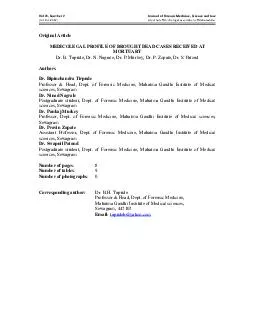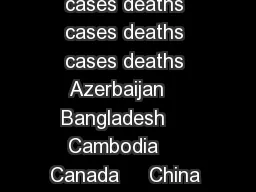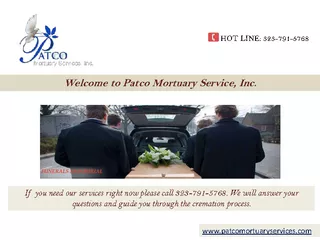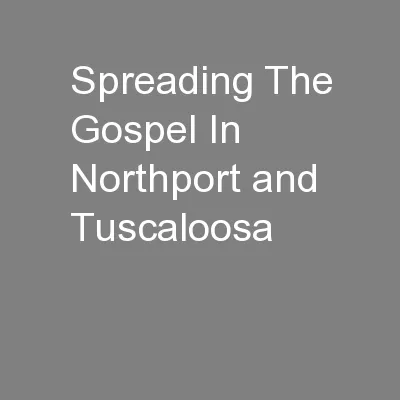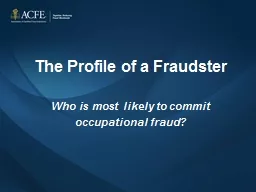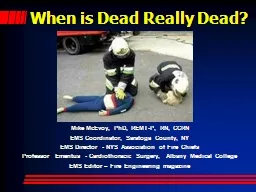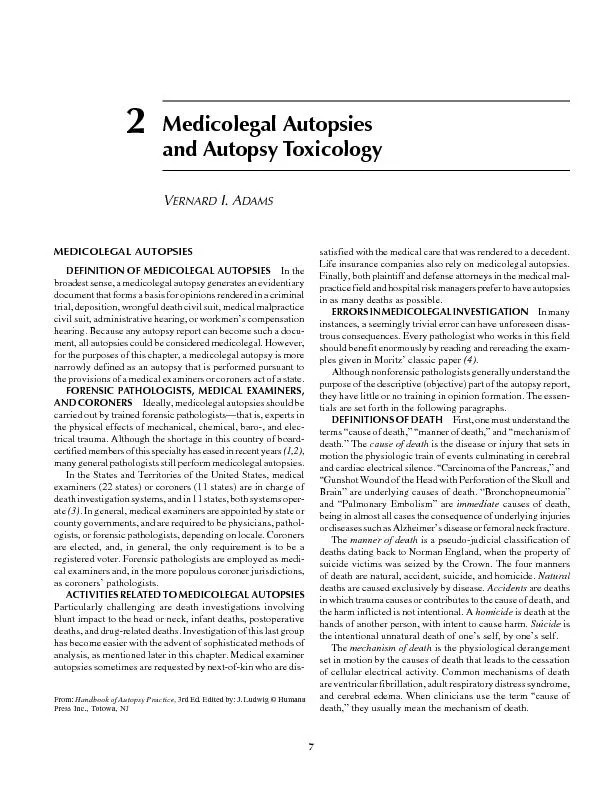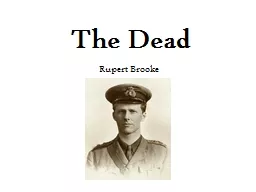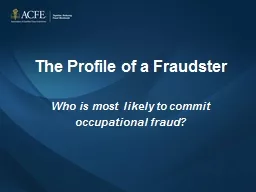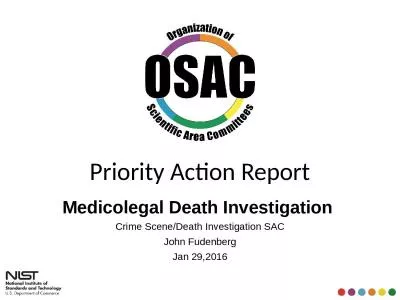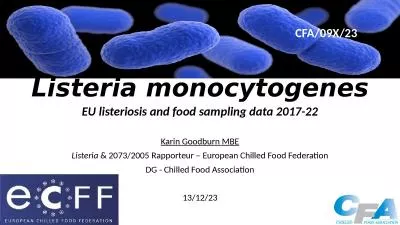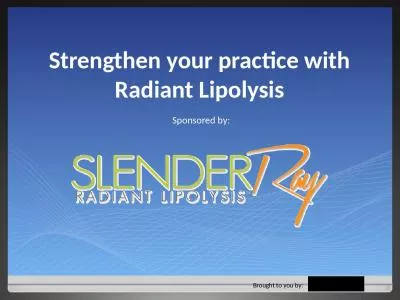PDF-Original Article MEDICOLEGAL PROFILE OF BROUGHT DEAD CASES RECEIVED AT MORTUARY
Author : trish-goza | Published Date : 2014-10-26
B Tirpude Dr N Nagrale Dr P Murkey Dr P Zopate Dr S Patond Authors Dr Bipinchandra Tirpude Professor Head Dept of Forensic Medicine Mahat ma Gandhi Institute of
Presentation Embed Code
Download Presentation
Download Presentation The PPT/PDF document " Original Article MEDICOLEGAL PRO..." is the property of its rightful owner. Permission is granted to download and print the materials on this website for personal, non-commercial use only, and to display it on your personal computer provided you do not modify the materials and that you retain all copyright notices contained in the materials. By downloading content from our website, you accept the terms of this agreement.
Original Article MEDICOLEGAL PROFILE OF BROUGHT DEAD CASES RECEIVED AT MORTUARY: Transcript
Download Rules Of Document
" Original Article MEDICOLEGAL PROFILE OF BROUGHT DEAD CASES RECEIVED AT MORTUARY"The content belongs to its owner. You may download and print it for personal use, without modification, and keep all copyright notices. By downloading, you agree to these terms.
Related Documents

